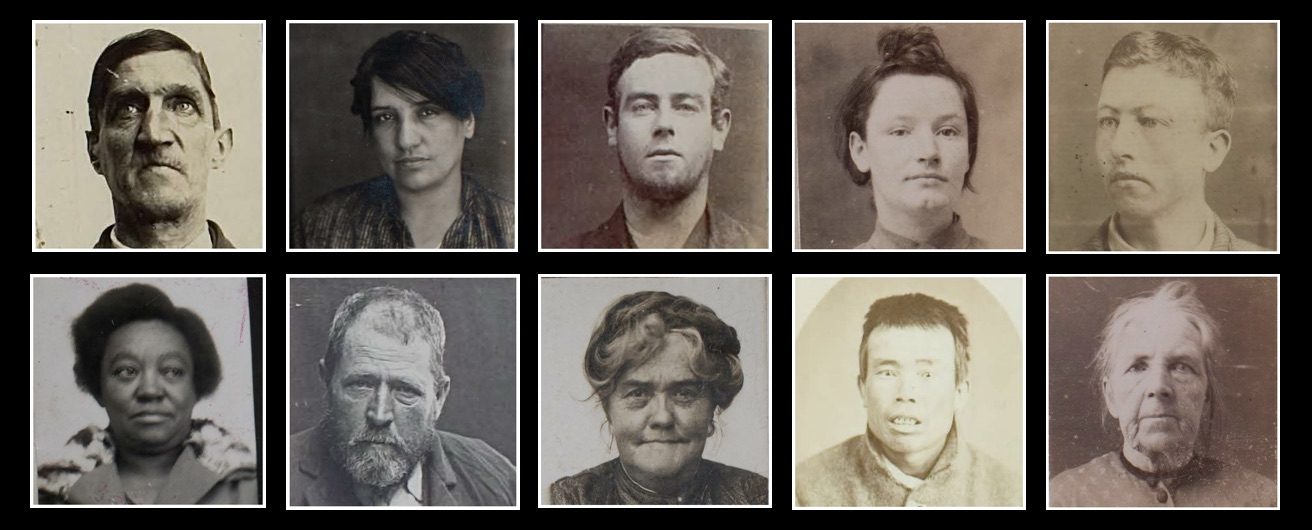Bigamy, that is being married to more than one person simultaneously, carried a potential sentence of up to 5 years imprisonment under section 54 of Victoria’s Criminal Law and Practice Statute 1864. This remains the sentencing maximum in Victoria today.
Colonial conditions and nineteenth-century mobility may have been particularly conducive to bigamy. B. L. Farjeon, in his 1870 tale In Australian Wilds depicted it as a rife practice on the 1850s’ goldfields where most people were strangers:
What business was it of anybody’s if a man ran away from his wife, and shaved himself or let his hair grow, so that neither she nor his friends could know him again?A good many men were glad to run away and commence a new life, and take a new name, and perhaps a new wife. I had a mate once who was married five times; it didn’t matter to him. When he left his wives, they got married again themselves. On one gold-diggings he lived in the next tent to an old wife of his, who had married a few weeks after he left her; and, do you know, they got quite friendly again.
Difficulties in accessing divorce – both due to legal restrictions and financial costs – may also have encouraged some to resort to bigamy as an alternative. Sometimes both partners in a marriage would privately agree to regard the marriage the void, separate and both go on to contract new marriages. An example of such a case from 1860 is described here.
